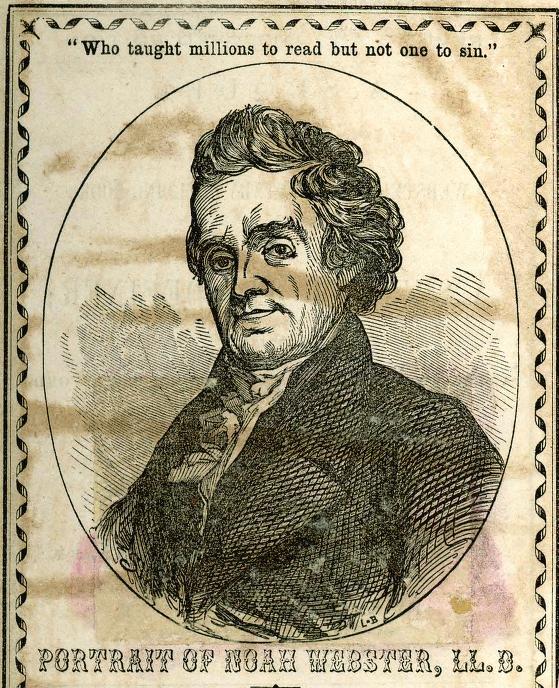|

(c) Pocumtuck Valley Memorial Association, Deerfield MA. All rights reserved.
New Groups : A New Society
|
|
In the tale of Rip Van Winkle, old Rip awoke from a twenty-year magic slumber to a dramatically changed world. Like the character in Washington Irving's allegory, Americans at the turn of the nineteenth century awakened to what the French traveler and political philosopher Alexis de Tocqueville called "a world...quite new." Americans abandoned or modified old institutions as they transformed themselves from British subjects to republican citizens.
The old monarchical society of the pre-Revolutionary era bound people together in unequal, patriarchal relationships. Powerful individuals bestowed their patronage, or "friendship," upon those beneath them in the social and political hierarchy. As de Tocqueville observed, aristocratic societies linked "everybody, in one long chain, from peasant to King." American independence and the ensuing republican order dissolved this old system. De Tocqueville found in his travels through the United States in the 1830s that democracy had "br[oken] the chain and free[d] each link" of the old hierarchical system. In the same period, however, inequalities of wealth and condition persisted, as did that most unrepublican of institutions, chattel slavery. Americans confined the political promises of the Revolution mainly to white, propertied males. At the same time, by embracing the idea of equality, Americans repudiated many of the coercive and unequal relationships that had defined pre-Revolutionary society.
Having rejected a monarchical form of government and society, Americans turned to new sources of cultural and political unity. The Revolution, the new Federal and State constitutions and, most of all, George Washington, quickly became venerated icons of the new nation. The new American citizens, having rejected relationships based upon lineage and patriarchy, instead tirelessly banded together in countless associations, societies, and reform movements. The educational and linguistic theories of Noah Webster epitomized the ways in which Americans constructed a new, republican identity for themselves and their new nation.
top of page
|
Noah Webster illustration from "A Sequel to Webster's Elem. Spelling Book: or A Speller & Definer"
| publisher George F. Cooledge |
| author William Greenleaf Webster (1805-1869) |
| date 1845 |
| location New York |
| process/materials printed paper, ink |
| item type Books/Textbook / Schoolbooks |
| accession # #L00.023.frex |
|





